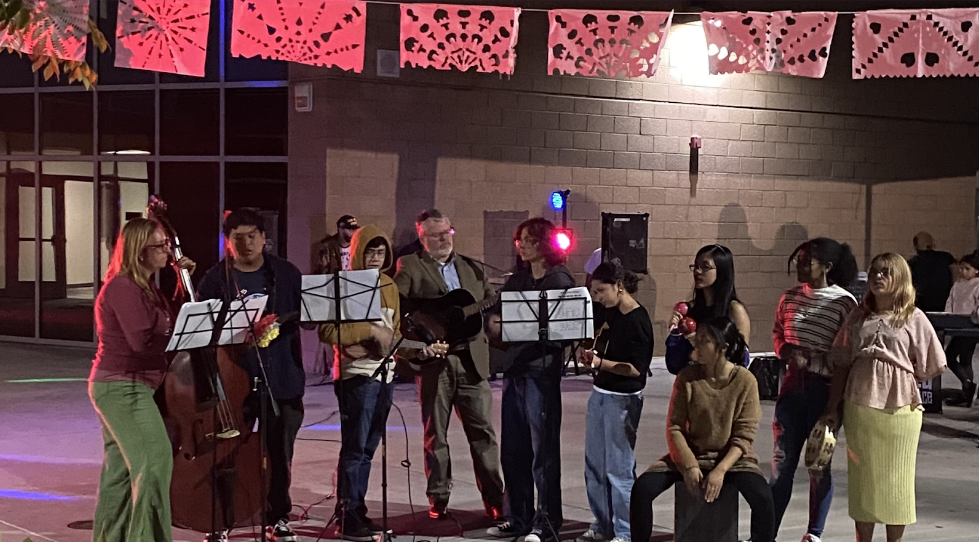
Seven years ago, on a regular day, the light in the sky dimmed, slowly, slowly, slow… Until it was extinguished. Bonnie Tyler sang her hit “Total Eclipse of the Heart” aboard a cruise ship at that exact moment – and a few minutes later, bit by bit, the sky flooded with light again.
Now, seven years later, another solar eclipse will grace us with its presence.
2024’s total solar eclipse will take place on April 8th, passing through Mexico, entering the United States through Texas, and continuing through most east coast states. Unfortunately, California will not receive such a spectacular view of the eclipse; however, we should be able to notice a difference in the sky with about 45% of the eclipse’s totality, or blockage of the Sun. California’s view will be considered a partial eclipse, and will last from 10:03 a.m. to 12:31 p.m.
The 2024 eclipse will be different from 2023’s, as the one in 2023 was an “annular solar eclipse” due to the “Ring of fire” it produced – that is, an annular solar eclipse occurs when the moon covers the Sun completely except for the outer ring, where light still peeks through.
The total solar eclipse of 2024 is called such because the moon will completely block the sun’s light in its path of totality.
Regardless of California’s inferior viewing, NASA-approved solar eclipse glasses are vital for viewing the eclipse anywhere in the world. Special solar filters are necessary to cameras, binoculars, and telescopes as well to prevent permanent eye damage.
The American Astronomical Society also has tips on how to make a DIY pinhole projector to view the eclipse in a safer, more creative way.
Whatever bit of the eclipse received this year should be met with gratitude, as the next total solar eclipse visible in America is not until March 30, 2033, and its path of totality only includes the edge of Alaska.
August 12, 2044 will have the best viewing for a total solar eclipse in 48 states.
This solar eclipse is also important to scientists as it allows them to view the Sun’s corona – the outermost atmosphere – more clearly.
The Sun is highly unpredictable, known to produce solar storms capable of the beauty found in the aurora borealis, or the chaos of knocking out power grids and causing interference with navigation satellites. Through studying the Sun during the totality of the eclipse, scientists might be able to learn how to better forecast space weather, which is what makes this eclipse particularly important.










